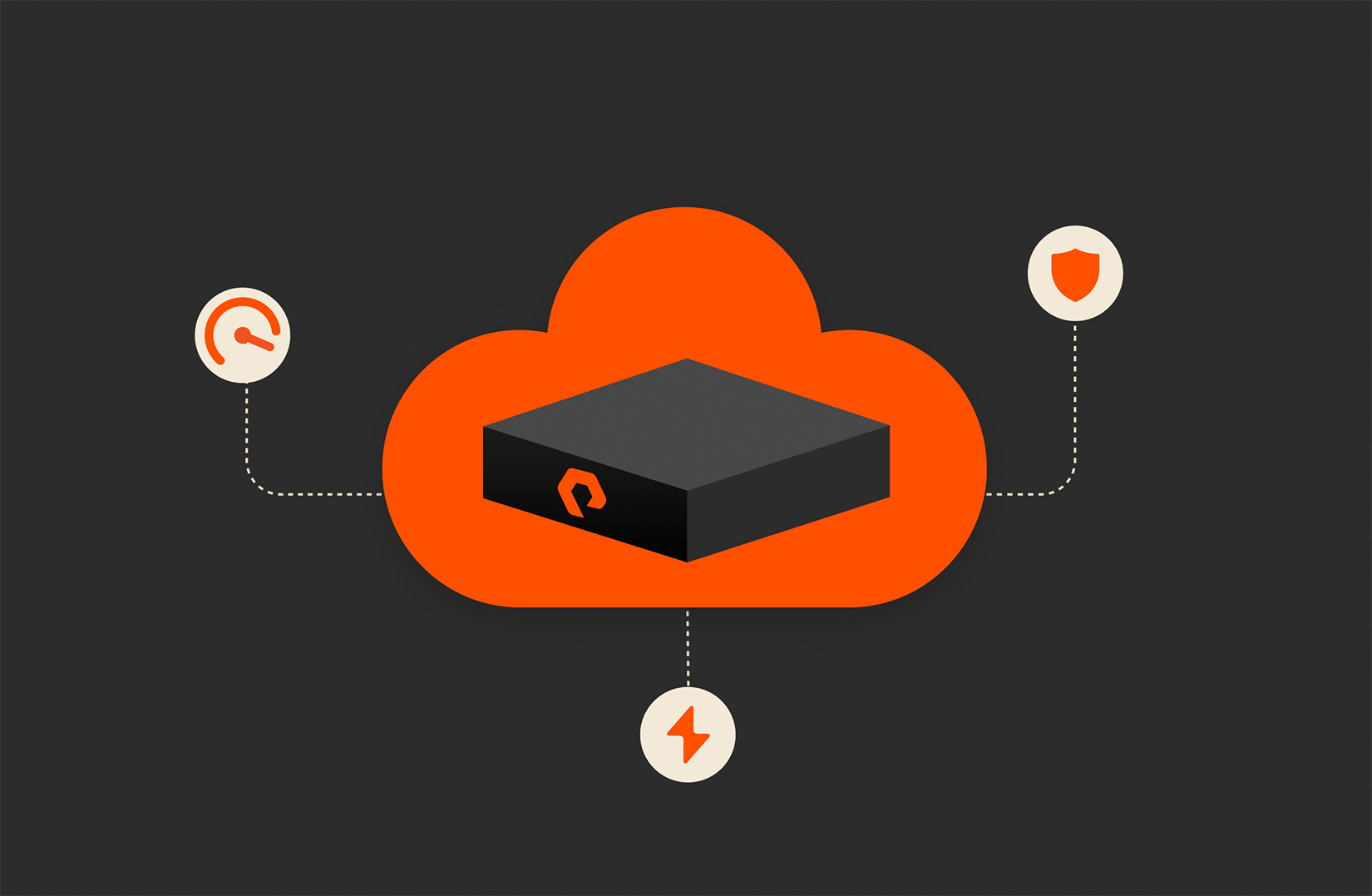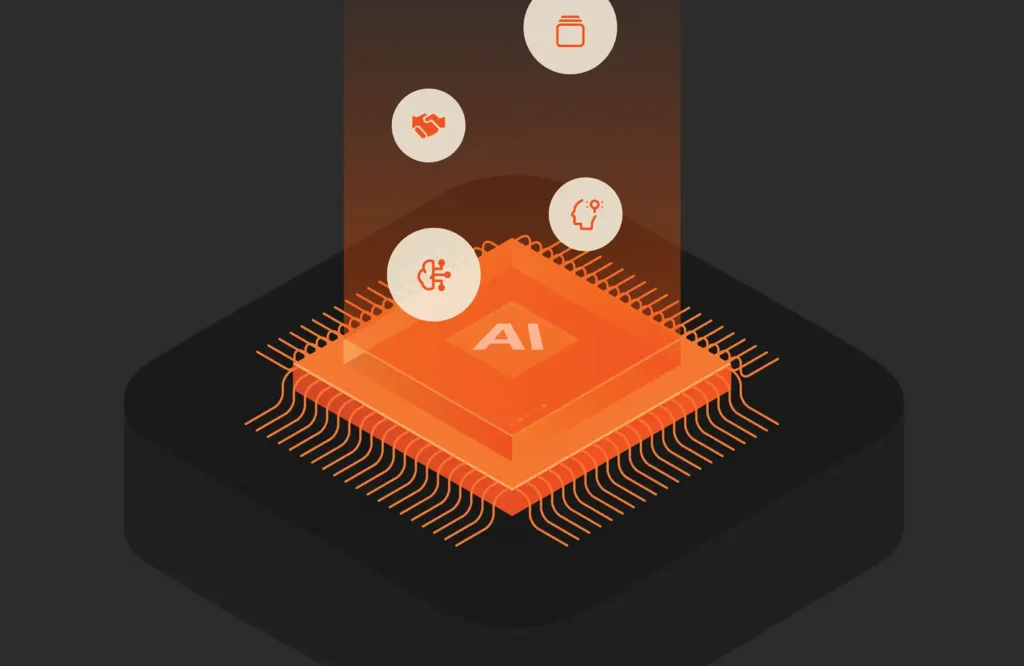Hard-disk drives (HDDs) have long been ubiquitous in data centers. In fact, the technology dates back to the 1950s, when IBM first constructed a server farm about the size of two refrigerators with a storage capacity of 3.75MB. But that’s a far cry from today. However, the data center of the future is about to make its way to the present.
Data growth is skyrocketing with 1.134 trillion MB of data currently being created on a daily basis. Data volumes continue to grow exponentially in this age of AI, smartphones, the cloud, and streaming video. And with many data centers still leveraging hard disk equipment, there are growing reasons to consider a shift to faster, more efficient, all-flash data storage technology.


The Evolution of the Data Center
To understand where we’re heading in data storage, it’s important to reflect on the journey so far. The term “all-flash array” dates back to the late 1980s, but it wasn’t until the 2000s that it significantly started to take shape. Pure Storage was an early player with FlashArray™, highlighting the impressive benefits of all-flash data storage over disk.
Organizations quickly determined that all-flash arrays offered greater performance when compared to spinning disk, with faster access times, lower latency, and higher throughput—making them an ideal option for performance-sensitive workloads. Enterprise-class storage systems based solely upon flash entered the market over a decade ago, and by 2019, up to 80% of revenues driven by primary storage workloads were coming from all-flash arrays. By this time, HDDs were primarily being used as secondary workloads that were more capacity- and cost-constrained than primary workloads. Yet, this still accounts for approximately 90% of the total amount of data stored by enterprises.
While HDDs have been a more affordable choice and continue to be used in the majority of data centers globally, there is a growing consensus that all-flash is defining the future of the data center. In fact, Pure Storage contends that by 2028, there will be practically no new, all-HDD storage systems sold for data center computing. This prediction is already playing out with HDD shipments significantly declining over the past 10 years—from a high of over 651 million units shipped in 2010 to 166 million in 2022.
The Economic Shift: Total Cost of Ownership
The major benefit of HDD has always been price. While flash storage began at a higher price point, it has become much more competitive in recent years. There are also other factors to consider when calculating the true cost of HDDs versus all-flash.
First, flash storage drives use dramatically less power than similar-capacity HDDs. In fact, today’s all-flash solutions require up to 80% less power and space. For hyperscalers and enterprises with large data centers, reducing data center power consumption per rack is simply a matter of dollars and sense. Regulators and governments are furthering this by pushing data centers to reduce their carbon footprint. And with no moving parts, all-flash storage is also less likely to wear out over extended periods of time or fail due to overheating. In nearly every case, all-flash makes economic sense with lower immediate costs for power, cooling, and space, as well as longer-term savings with reduced e-waste.
Cost per Effective Gigabyte
HDD vendors have traditionally focused on the cost per gigabyte of raw capacity as their key metric. However, there’s much more to the story when looking at cost. Formatting, data reduction, on-disk data protection, and how much data can be stored in a device without impacting performance must be calculated to determine the effective capacity. These factors can dramatically lower the true capacity that can be used to store data. Storage devices may seem more affordable at first glance, but if they support a lower effective capacity, they will force customers to buy more devices to hit performance and capacity targets.
The Limitations of Traditional HDD Systems
Most HDDs have a capacity range that tops 20TB, but there can still be challenges for enterprises that need to configure large, multi-petabyte-scale systems. First, HDDs are limited to one read/write head per disk with I/O speed that’s limited by the rotational speed of the disk. When an HDD fills up, the ability to access the data decreases. In fact, many disk vendors suggest not filling their devices more than 80% full. Second, HDDs are less reliable than flash-based devices with an annualized failure rate of 1.54%. Failure rates, of course, increase with age. Compare that with flash-based devices which can deliver more than eight times the throughput at the device level and have a failure rate up to ten times lower with twice the useful life. These challenges should propel many enterprises to think twice before using the largest capacity HDDs when building multi-petabyte storage systems—especially when they’re also striving to meet specific SLAs.
The Power of DirectFlash Technology
When you compare Pure Storage® DirectFlash® technology to HDDs, the contrast between the technologies is even more compelling. With Pure Storage, there is an impressive storage density growth advantage over HDDs that results in an even faster reduction in cost per gigabyte at the device level as NAND flash prices continue to decrease. In addition, the Purity storage operating system manages media directly and globally at a system level. This means that the system delivers greater data center energy efficiency, performance, consistency, data availability, storage density, capacity utilization, endurance, reliability, and device lifetimes.
What about COTS SSDs?
With solid-state disk (SSD) vendors today offering QLC NAND flash-based devices, some storage buyers want to know whether they can offer advantages similar to DirectFlash.
While commercial off-the-shelf (COTS) SSDs do offer advantages over HDDS, they don’t offer the cost efficiencies of systems built with DirectFlash technology. The biggest COTS SSDs shipping in volume today are 15TB devices, while Pure Storage ships 75TB devices—and this storage density advantage is rapidly increasing. This not only showcases the advantage of Pure Storage systems but also means it’s a threat to HDD survival. In other words, the end of disk is predicated on the spread of flash media technologies like Pure Storage DirectFlash, not the storage systems based on COTS SSDs.
Envisioning the Data Center of the Future
Data centers are no longer just an IT conversation. In today’s enterprises, legal, compliance, sustainability, and security all have an interest in data storage, as well as data, digital, and CX officers who are looking at app performance and machine learning speeds. HDD has had a good run, but it can no longer keep up with the data demands of today—and tomorrow. By considering the long-term advantages of transitioning to all-flash storage, the path to a future-proof data center is clear, and the benefits are substantial.
Written By:
The Data Center of the Future
Learn why the data center of tomorrow is all flash and what that spells for the future!







